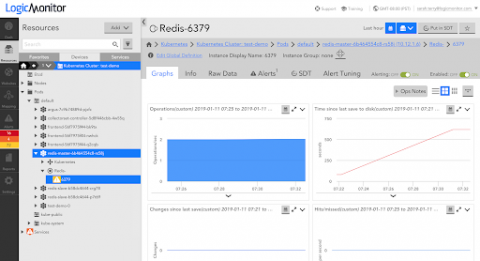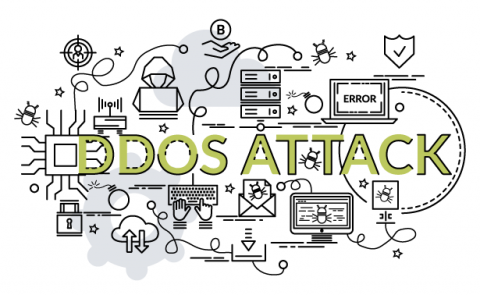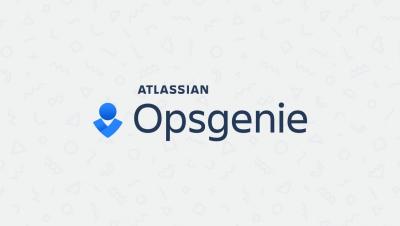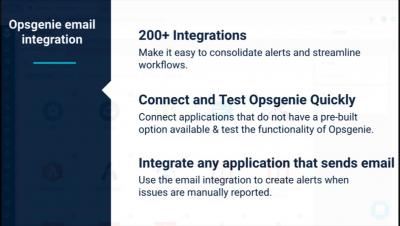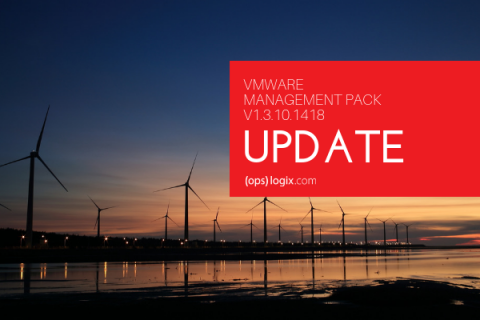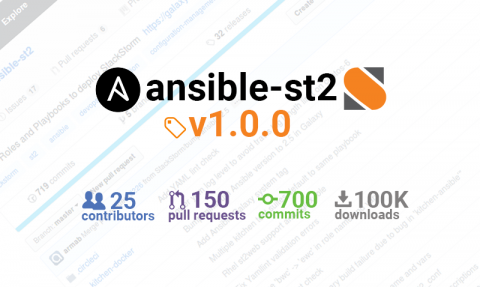Operations | Monitoring | ITSM | DevOps | Cloud
%term
How to Monitor Kubernetes with LogicMonitor
Kubernetes allows DevOps teams to deploy containerized applications faster and makes managing containers at scale significantly easier. Obtaining visibility into these containerized applications is key to maximizing application/service performance and proactively preventing downtime.
Types of DDoS Attacks and How They Slow Your SaaS Services
Distributed denial of service (DDoS) is one of the most insidious types of digital attacks that can cause cloud outages. It is typically directed at a specific target, and if done competently, can bring an application or even all network traffic to its knees.
What site reliability engineering (SRE) and how is it different from DevOps?
Site reliability engineering (SRE) is Google’s approach to service management where software engineers run production systems using a software engineering approach. It’s clear that Google is unique, and they usually need to tackle software bugs and errors in different and non-conventional ways. But having software engineers doing a job that is traditionally done by professionals with a systems administration background sounds impractical.
How to Stay Ahead of Data Retention Requirements - Part 2
In part 1 of this series, we tried to outline what data retention is and why it is needed to overcome increasing requirements for various regulatory standards. As detailed, there are some clear guidelines for organizations to take what we called a “data retention approach for compliance”. In this follow up post, outline some specific technological and procedural challenges you might face as well as some practical guidelines and strategies to overcome them.
Opsgenie: First Look
Opsgenie Email Integration Overview
Opsgenie Actions: Sign Up For Early Access
When operating always-on services, engineers need to quickly respond to alerts and prevent issues from becoming outages. Fortunately, many alerts can be resolved through easy changes to systems or network infrastructure. However, these tasks still require manual intervention and cause interruptions for on-call responders.
Update Release VMware Management Pack V1.3.10.1418
Ansible StackStorm role v1.0.0 released
We’re very excited to announce that Ansible roles to deploy StackStorm have been promoted to major version 1.0.0!



